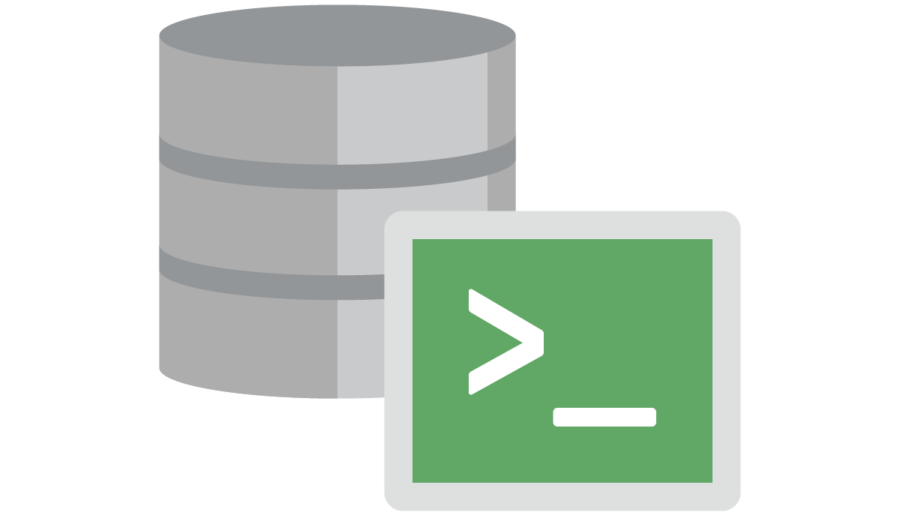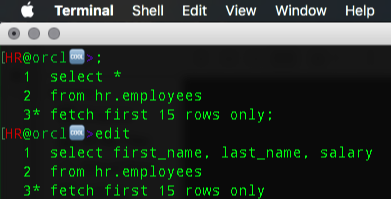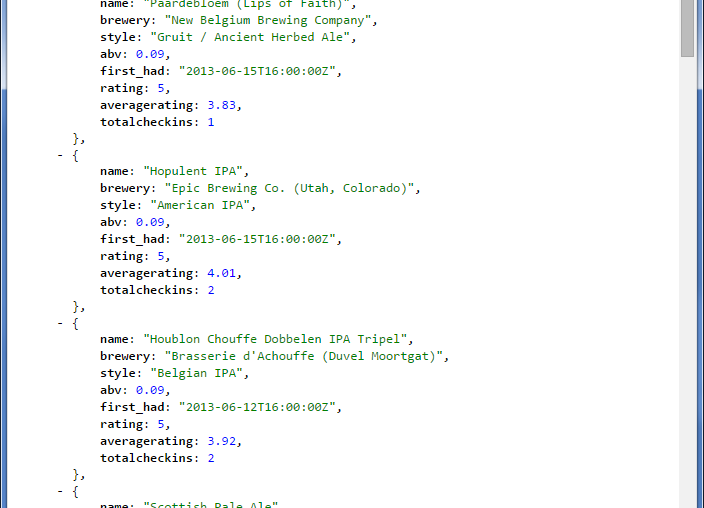I’ve written a few posts on this subject… Intro to Extensions Adding Synonym Support with Extensions Adding an Error page for Views with an Extension Also, there’s two VERY nice resources for you that I recommend: My predecessor Sue Harper talks extensions in Oracle Magazine Mike Smithers has an exhaustive blog post on adding context menus But. None of these resources detail the object node names for the different types of editors you might want…
When demonstrating SQLcl, I get the feeling that half of the audience is filled with dread. Yes, they love everything that I’m showing them. But deep, deep down they are scared that the things they personally liked in SQL*Plus are going away. I’m here today to alleviate those concerns. Instead of asking you to just take my word for it, I’ll show you. Now of course you COULD just download it yourself and have a…
Kellyn (@dbakevlar!) and I have given a couple of talks at the RMOUG Training Days conference about social media, and why Oracle techies should care. We thought it might be nice to focus the talk a bit more and offer it up as a keynote presentation. The crazy folks at East Coast Oracle Users Conference agreed, and we gave it yesterday. People liked it. Even the people serving the food and taking away the dirty…
One of the most viewed threads over the last 30 days in our OTN Community for SQL Developer is a post from 2010. 2010. Wow, I says to myself – that’s gotta be interesting to a lot of folks, what is it? It’s a question on how to find table or view columns. And the ‘correct’ answer is to use SQL. Which is of course the right answer, and was the right answer in 2010…
Looking for more good content around the Oracle Database? Here’s a list of great Oracle Bloggers that I think you should know and follow!
Haven’t had much time to blog this week, so what’s a blogging addict to do? Ask your readers for help! @thatjeffsmith kind of like db instance but more focused. I picked 3 just to give an idea. Refresh would be on all. pic.twitter.com/WUlWyUbeT3— Nando Somoza (@slaytanic70) September 10, 2015 So I put together this view for Nando…3 reports running all at once, and all displayed at once. Blocking Locks by User (top left) ASH Rows…
These are just my opinions, and I don’t speak on behalf of my employer. On the Facebookers this morning, noticed one of my friends was contemplating coming out to San Francisco this year to join approximately 50,000 other Oracle and Java-heads for Java One and Oracle Open World. I’m not going to try to sell you on this event – the location alone should be enough to get most of you excited. San Francisco is…
We store the application settings PER user. So find where your OS stores files for your OS user. These settings are stored HERE on Windows (…AppData\Roaming\SQL Developer): They are stored HERE on Macs and *NIX ($HOME\.sqldeveloper): Find the directory that corresponds with the version you are running and having problems with. Rename it. Restart SQL Developer – you should be running ‘stock, out of the box.’ This can also come in handy any time the…
I was remarking to someone this morning how easy I thought it was to setup a job, say on the first and third Wednesday of the month. The flexibility of DBMS_SCHEDULER, even without taking into account the power of schedules, is really powerful. We have a scheduler wizard that puts a graphical user interface onto the DBMS_SCHEDULER package. Here’s how it works, in a decent sized nutshell. Which will launch… Clicking the edit button opens…
Columbus didn’t exactly discover America. And we’re not really going to discover your long, lost foreign keys. But, we’ll do our best to guess where they might be. Our data modeling tool is often the bearer of bad news – your database doesn’t actually have any referential integrity defined. Oh, it’s defined somewhere, in the application. Probably. Just not in the database. (I realize these aren’t complete sentences, but this is a blog post, not…







